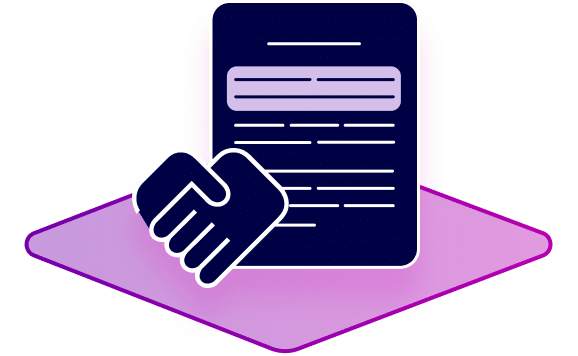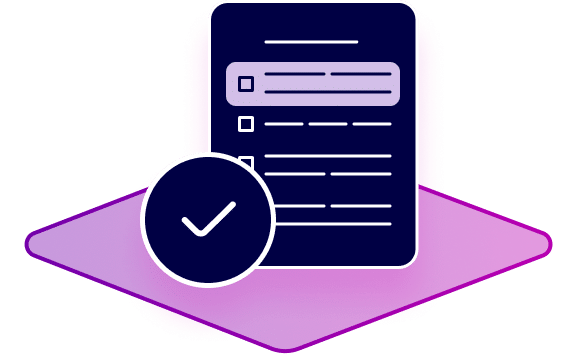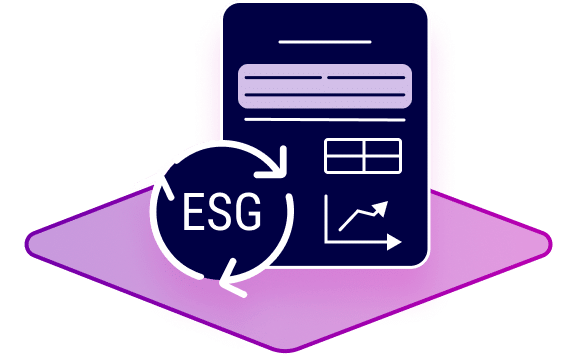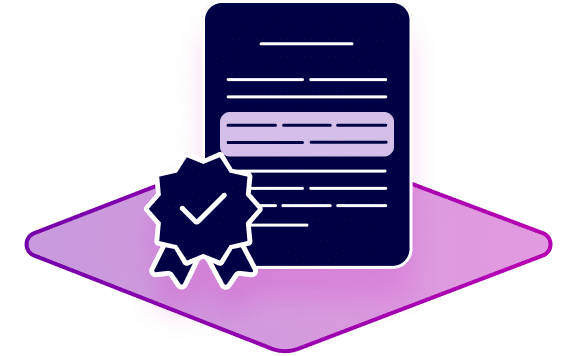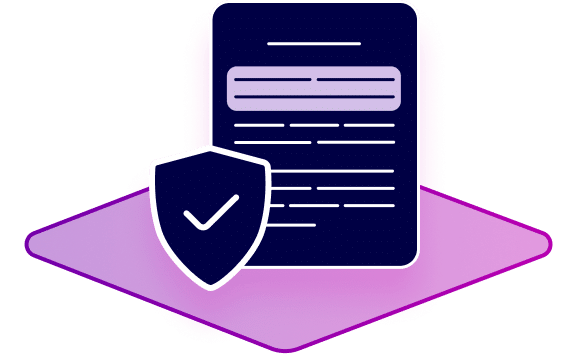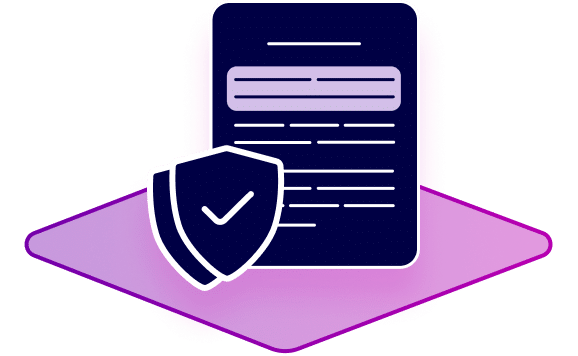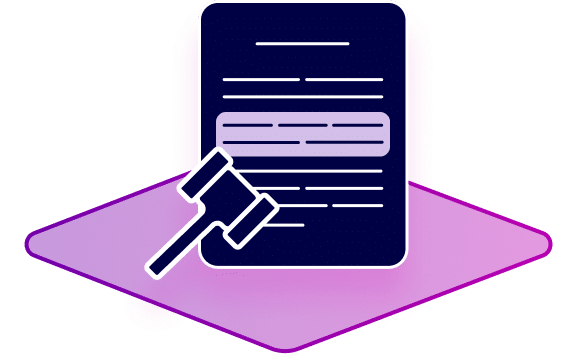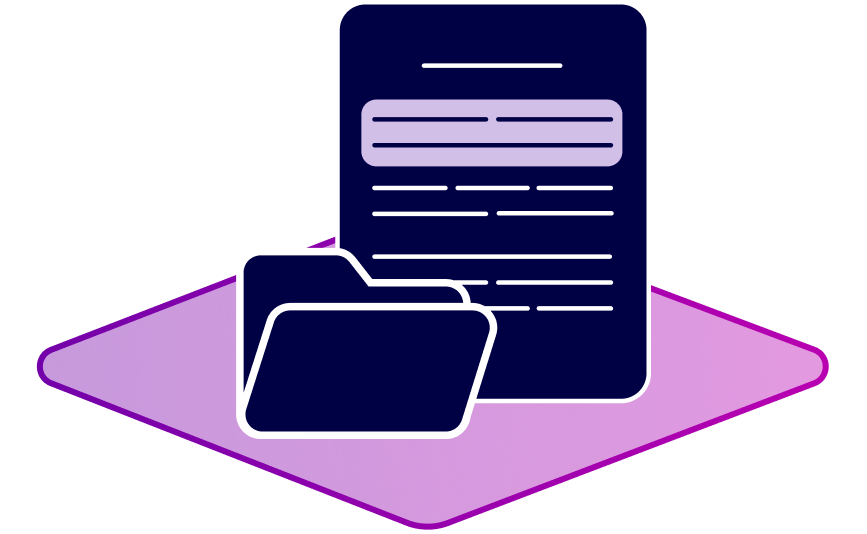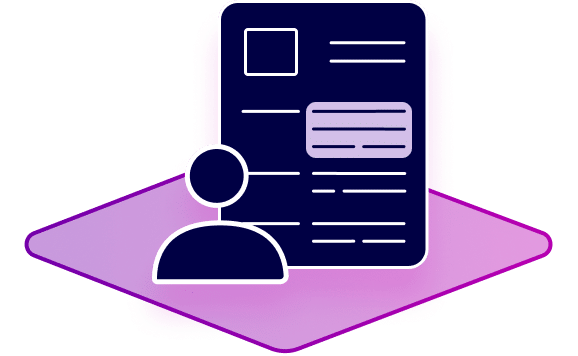
Requirements Management in Automotive: Tools and Trends for a Competitive Edge
The automotive industry is currently undergoing a highly dynamic change process. Demand for new digital features is constantly increasing and legal regulations are changing. Suppliers in particular are under pressure due to increasing market pace.
What characterizes requirements management in the automotive industry? How can suppliers set themselves up for a successful future? Read our overview with practical guidance.
- Requirements Management – a definition
- Current challenges of requirements management in the automotive industry
- The requirements management process
- Market changes challenge automotive suppliers
- Requirements management: How to lay a solid foundation
- How to choose the best requirements management tool for your use case
- The future of requirements management
Requirements management – a definition
Requirements management refers to the process of gathering, analyzing, documenting and managing the requirements for a product or project throughout its lifecycle. The goal is to complete product development on time and on budget and to avoid mistakes in the process.
In the automotive sector, requirements are specified centrally by the manufacturer; while suppliers must ensure their production is compliant.
Current challenges of requirements management in automotive
Requirements management can be reduced to the same steps in any industry. However, the automotive industry has two particular characteristics: On the one hand, production is based on a close relationship between car manufacturers and suppliers; on the other hand, the number of installed parts and thus the number of requirements is significantly higher compared to other industries.
According to Siemens Digital Industries Software, an average mid-size vehicle has 450,000 software and electronics requirements, in addition to around 50,000 mechanical and legal requirements.
The number of requirements keeps growing, driven by digital progress, but also by customers’ growing ecological awareness and climate policy decisions. The EU’s Green New Deal alone, which calls for a 55 percent reduction in greenhouse gas emissions by 2030 compared to 1990 levels, is forcing car manufacturers to rethink their approach.
The requirements management process
From the automotive manufacturers’ perspective, requirements management directed at suppliers can be described as a process of six steps:
1. Define requirements
First, manufacturers must define requirements for their suppliers. In addition to defining specifics of their product or service, this includes specifications on quality, scope of service, and schedule.
2. Document requirements
Requirements are collected in a document that is used to select potential suppliers. The latter use the requirements catalog to check whether they meet the prerequisites and are interested in collaboration. To avoid investing unnecessary hours in manual review, more and more suppliers use AI tools for document matching.
3. Evaluate suppliers
Car manufacturers evaluate potential suppliers, not solely based on their ability to meet their requirements, but also on criteria such as availability, production location, and references.
4. Negotiate contract
Once a supplier has been selected, detailed contract negotiations begin, during which both parties agree on the requirements in more specific terms.
5. Monitor performance
During the contract period, automotive manufacturers regularly check whether their suppliers are still meeting the agreed terms. This includes audits on product quality as well as audits on working conditions and sustainability.
6. Make adjustments
Changes in corporate strategy and legal innovations frequently lead to changes in manufacturers’ catalog of requirements which they communicate to their suppliers. If suppliers cannot meet the new terms, manufacturers will have to look for new contractors.
Market changes challenge automotive suppliers
Pressure to innovate has increased enormously in the automotive industry over the past few years. Consequences for suppliers are manifold, i.e. they have to meet ever tighter deadlines. Nevertheless, this must not be at the expense of their compliance. In particular, standards such as ASPICE, ISO 26262 and ISO 21434 don’t allow any compromise.
To minimize the risk of costly errors in the production process, suppliers must establish processes to ensure requirements are met. Without powerful requirements management software, plants can no longer compete in the battle for cost-effective quality control, especially when they are competing with international suppliers who benefit from price advantages due to lower labor costs.
In addition to their customers’ requirements, suppliers must consider expectations of other stakeholders, such as their development teams or suppliers. This creates an additional layer of complexity.
Requirements management: How to lay a solid foundation
What methods can companies use to meet the challenges of requirements management? These elements can be considered standard.
Traceability
Because of the increasing complexity in supply chains and new digital possibilities, manufacturers and government agencies alike are demanding more detailed compliance evidence. With the help of requirements management software, suppliers can significantly reduce the documentation burden and provide complete proof of compliance.
Quality assurance
Quality assurance should be part of every requirements management system. Suppliers define processes to ensure compliance with requirements and avoid errors in production. Quality assurance also includes regular internal audits.
Risk management
Proactively identifying risks and defining measures to avoid and manage them ensures that production can continue with minimal delays even if incidents occur. With professional risk management, suppliers’ products meet requirements even if there are delivery bottlenecks or technical failures.
Change management
Suppliers need to document changes to requirements and integrate them into their processes so that they are applied at agreed times. Digital tools simplify change management with real-time synchronization and automation.
How to choose the best requirements management tool for your use case
Process digitization and automation are essential if companies want to set up their requirements management reliably and cost-effectively. As is often the case, finding the right software depends on the individual case. Depending on the size of the company, digital infrastructure and customer requirements, different solutions are viable.
Nevertheless, there are some characteristics every professional requirements management software should entail:
1. Industry-specific features and integration: The software should be designed with the specific requirements of the automotive industry in mind, such as the ability to intelligently manage complex documents. Companies should also check if seamless integration with their other industry applications is possible.
2. Scalability: The software should be able to keep up with company growth and easily allow for users, projects and requirements to be added as needed.
3. User experience: Intuitive interfaces will determine whether the requirements management software lives up to its potential. Users should be able to easily navigate the application and quickly find relevant functions.
4. Security: With cybercrime on the rise, awareness of data protection is growing. New applications must therefore use modern encryption technologies and integrate seamlessly into the company’s own IT security concept if they want to make the short list.
5. Compliance: Requirements management software should meet the industry’s common standards, such as ISO 26262. Otherwise, companies might have to invest in costly custom development.
6. Flexibility: Can the software map processes as desired? The more comprehensive the customizing options, the more future-proof the investment. As workflows change, high-performance software is only profitable if it can deal flexibly with these dynamics.
7. Automation: Analyses should run automatically or at least semi-automatically. With the click of a button, users must be able to generate custom reports. AI-based automations, for example for checking requirements catalogs, are also increasingly becoming a standard feature.
Want to review requirements catalogs up to 45% faster? Try out our AI-based document checker semantha. Just book a live demo here. →
The future of requirements management
The challenges in automotive are enormous, but the future looks anything but bleak. McKinsey estimates that the industry’s revenue may rise to $6.7 trillion by 2030.
One of the main reasons is digitization, which paves the way for new mobility offerings and more efficient production. As in every other industry, artificial intelligence is one of the key disruptors. Intelligent machines are already able to communicate with each other, robotic process automation (RPA) is taking over repetitive tasks, and AI applications are evaluating business processes to find optimization potential.
AI will also play an increasingly important role in requirements management:
Smart applications can help manufacturers evaluate potential suppliers more quickly and suppliers can review requirements catalogs in a fraction of the time. Used in quality management, AI tools can permanently monitor supplier performance and replace selective checks. Suppliers, in turn, benefit from AI in risk management as smart applications identify technical and economic problems earlier and might be able to independently develop or even implement proposed solutions.
AI is not a panacea that guarantees future competitiveness for companies in the automotive industry. However, it is a necessary building block for businesses that want to succeed in the dynamic, highly competitive market and benefit from growth opportunities.


